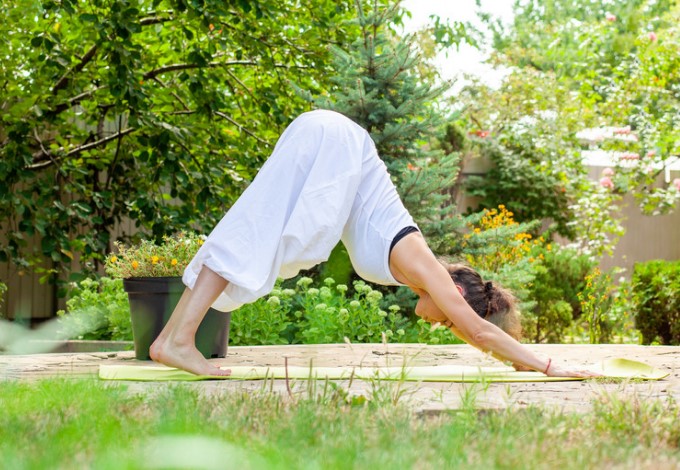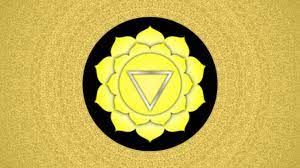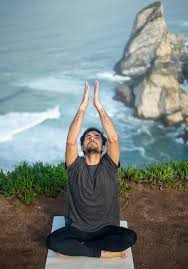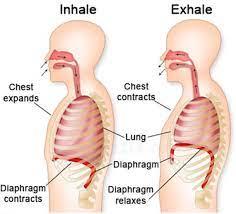Parvatasana (Mountain Pose) - How to Do and Its Benefits and Precautions, Contraindications
Parvatasana is derived from Sanskrit words “Parvat” means “Mountain” and “asana” means “pose”. It is basically a classical yoga pose. It is one of the simplest and most effective yoga poses. It is also one of the poses, which you do as a part of Surya Namaskar. It is the 4th and 9th pose in the series The asana can also strengthen the legs and wrists. Moreover, it also increases the flow of blood to the head.
Also Read sound healing course in rishikesh
How To Do It?
⦁ Lift all of your toes and spread them out, then place them back down on the ground, to create a wide, solid base.
⦁ You can keep the heels at a distance, if your ankles are knocking together uncomfortably.
⦁ Allow your feet and calves root down into the floor, for grounding purpose.
⦁ Engage your quadriceps (the muscles on the front of your thighs) and draw them upward, causing your kneecaps to rise.
⦁ Now, you can rotate both the thighs inward, while widening the ⦁ sit bones.
⦁ Do not forcefully manouvre the spine.
⦁ Now, you need to draw your belly inwards, to tighten the core.
⦁ Spread the collarbones and check that your shoulders are stacked over your pelvis region.
⦁ Lift the shoulders up to your ears and then roll them backward, to release your shoulder blades down your back.
⦁ You can let your arms hang with the elbows slightly bent and the palms facing forward.
⦁ Elongate the neck region, with your chin is neither tucked down nor lifted up, and the crown of your head rises toward the ceiling.
⦁ Take a few breaths while you hold yourself like this.
Benefits of Parvatasana (Mountain Pose)
⦁ If you have any minor defects in your spine, then this is the best asana for you. It is especially beneficial for those people, who work long hours at the desk.
⦁ The asana also stretches the muscles in the pelvic region and the abdominal region.
⦁ It also helps in improving the supply of blood, through the entire body. In the process, the incumbent becomes lively and energetic.
⦁ It is a great asana, if you want to improve the quality of your skin and hair. It basically removes the signs of aging.
⦁ You will also feel the stress and anxiety melting away slowly, as you continue to practice this asana.
⦁ You can practice this asana with meditation, as it makes you feel connected with Mother Earth.
⦁ The asana strengthens the lower body like the knees, thighs, calves, and ankles. Thus, making you more agile in your day-to-day activities.
⦁ The asana also helps in reducing joint pains and inflammations.
⦁ If you are pregnant, you can practice this asana. It calms the mind and also relaxes the muscles.
⦁ The asana also offers a good strengthening and toning workout.
Contraindications
⦁ If you have any recent injury in the spine, knees, ankles, or any other joint, in your body, you must not do the asana.
⦁ If you had any recent accident or surgery in the forementioned parts, then also you must not do the asana.
⦁ If you suffer from hypertension, you must not do the pose.
for more info about Parvatasana (Mountain Pose) so you can visit best yoga school in india and join 100 hour yoga teacher training in india and 200 hour yoga teacher training in india





